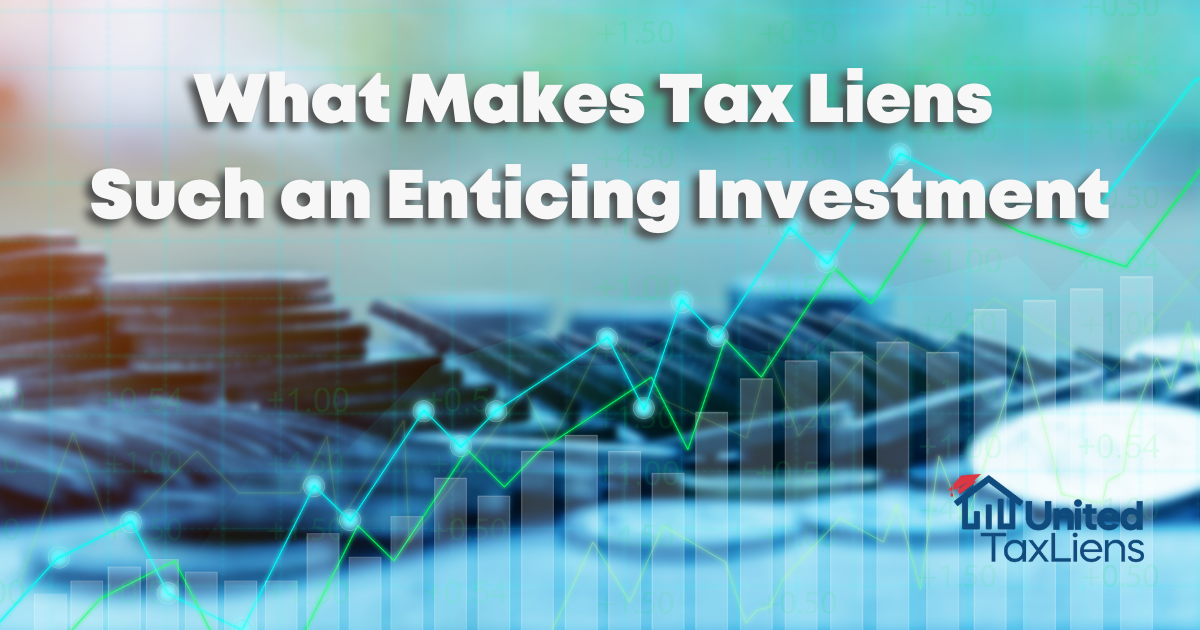
One of the biggest mistakes investors make—whether in tax liens or any other type of investment—is jumping in without a clear sense of direction. Before you start buying up tax liens at auctions, it’s crucial to know exactly what you’re trying to achieve. Are you looking to preserve capital and play it safe? Generate steady income? Or maybe you’re in it for the long haul, aiming for long-term growth? Whatever your objectives, zoning in on your goals is what turns a good investment strategy into a great one.
Having a clear sense of purpose not only helps you set realistic expectations, but it also shapes every decision you make along the way. If your goal is capital preservation, for instance, you’ll approach tax lien investing very differently than someone who’s chasing high returns. The same goes for income generation—if that’s your focus, you’ll want to target liens with higher interest rates that can offer a regular stream of cash flow. And if you’re looking for long-term growth, you’ll likely take a more strategic approach, building a diverse portfolio that balances risk and reward over time.
This is why tailoring your strategy to match your goals is so important. Imagine trying to fit a square peg in a round hole—it just doesn’t work. The same is true for investment strategies that aren’t aligned with what you’re trying to achieve. When you know your goal, it’s easier to filter out the noise and zero in on the opportunities that fit. For example, if you’re in it for the income, you might focus on liens in areas with strong redemption histories and higher interest rates. But if long-term appreciation is the goal, you might be more willing to hold onto properties for a longer redemption period, or even consider taking possession through foreclosure if it makes sense in the bigger picture.
Your risk tolerance also plays a big role here. Different goals come with different levels of risk. Someone focused on preserving capital won’t want to gamble on a rundown property in a questionable neighborhood, no matter how high the potential interest rate. On the flip side, if you’re willing to take on more risk for the chance at a bigger reward, you might be more open to targeting properties that others overlook. Understanding how much risk you’re comfortable with ensures that your strategy aligns not just with your financial goals, but also with your peace of mind.
When you’re clear on your goals, it also makes diversification a lot easier. Maybe you want to spread your investments across different types of properties—commercial, residential, even vacant lots. Or perhaps you want to focus on a single category but vary the redemption periods to manage cash flow. Whatever your approach, having a goal in mind helps you build a balanced portfolio that supports your objectives, rather than working against them.
Timing is another factor that depends heavily on your goals. If you’re focused on short-term gains, you’ll want to look for liens with shorter redemption periods so you can cycle your capital more quickly. But if you’re aiming for long-term growth, you might be okay with holding onto liens for a while, allowing the interest to accrue and adding properties to your portfolio as opportunities arise. Either way, your time horizon needs to match up with your overall strategy.
Your goals also serve as benchmarks for tracking your progress. Are your investments performing as expected? Are you on track to hit your targets, or do you need to adjust your approach? Regularly checking in on how your portfolio aligns with your goals allows you to make tweaks along the way, keeping everything on course.
And let’s not forget about exit strategies. Having clear goals from the start makes it easier to know when and how to cash out. If capital preservation is your focus, you might plan to sell off the lien as soon as the owner redeems it. If income is your priority, maybe you’ll hold onto liens longer to maximize interest returns. And if your strategy is centered around long-term growth, you might even consider foreclosing and taking ownership of certain properties when the opportunity arises.
Of course, goals aren’t set in stone. Life happens, and your financial circumstances can change. Maybe you initially got into tax lien investing for the income but now find yourself wanting to focus more on capital growth. Being willing to adapt your strategy as your goals evolve is key to maintaining a successful investment approach over time.
The beauty of having clear goals is that it gives you financial flexibility. Knowing what you’re trying to achieve means you can allocate your resources more efficiently, deciding when to invest more heavily and when to pull back. If an unexpected opportunity pops up, you’ll know right away whether it fits into your plan or if you should let it pass.
Ultimately, zoning in on your goals is about more than just setting targets—it’s about creating a holistic financial plan that integrates your tax lien investments into your broader wealth management strategy. When your goals are clear, every decision you make becomes more intentional, more aligned, and more likely to lead you to success. Because at the end of the day, tax lien investing isn’t just about buying liens and collecting interest—it’s about using those investments to move you closer to your bigger financial picture.
This blog is for informational purposes only and should not be relied upon as financial or investment advice. Real estate investing carries risks, and individual results will vary. Always consult with your team of professionals before making investment decisions. The authors and distributors of this material are not liable for any losses or damages that may occur as a result of relying on this information.


